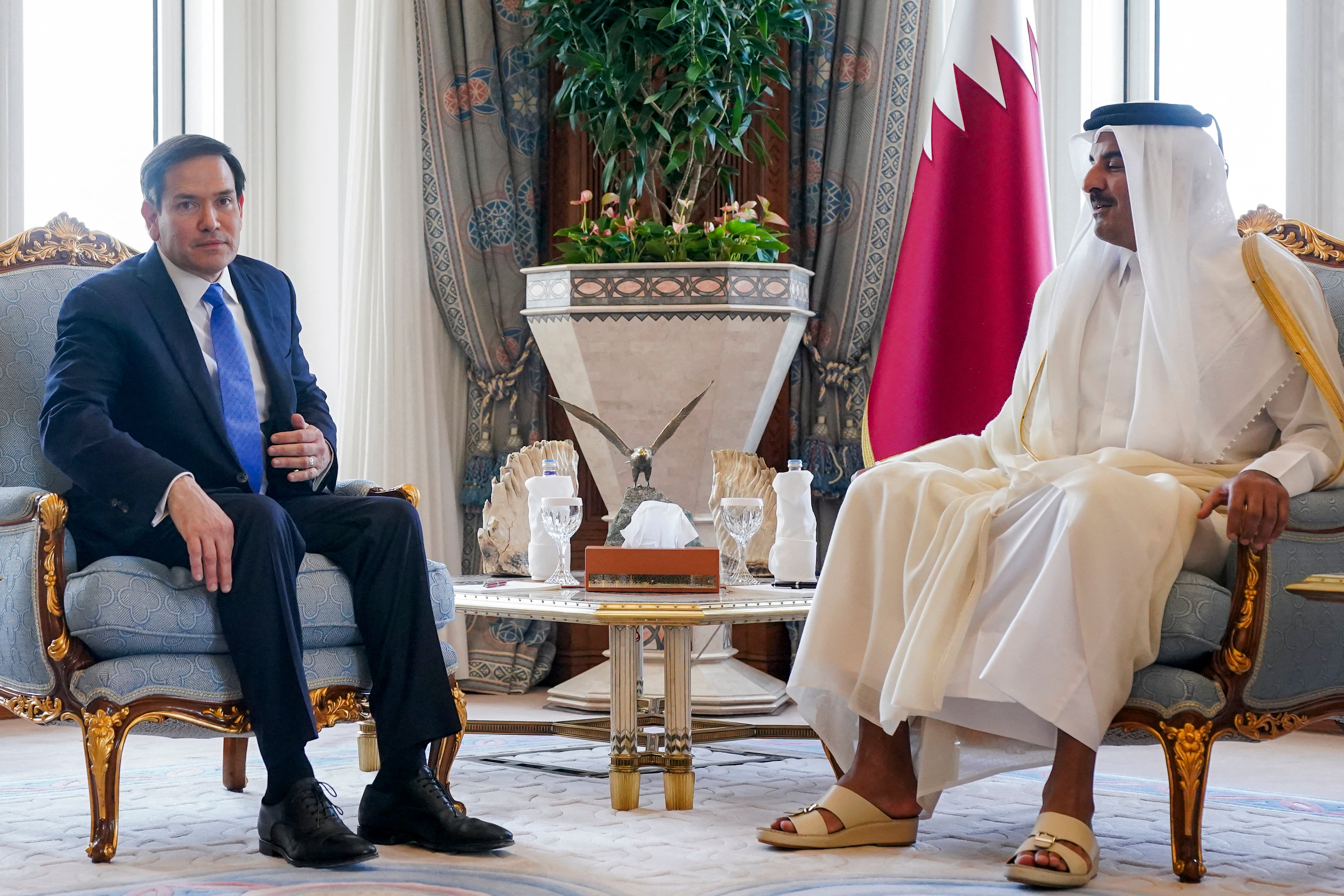Hace una década, Alemania tomó una decisión sin precedentes que cambiaría su escenario social y político en los años siguientes. En 2015, en el apogeo de la crisis migratoria europea, el país acogió a cerca de un millón de refugiados, la mayoría huyendo de la guerra y la inestabilidad en Siria, Irak y Afganistán. Fue una acción que capturó la atención mundial, generando tanto elogios por su liderazgo humanitario como intensos debates sobre sus implicaciones a largo plazo.
Today, ten years on, Germany represents an example of how significant migration can change a country. The decision led to major changes in population makeup, job markets, governance, and cultural self-perception. Although the integration journey has experienced both achievements and obstacles, the situation still influences national discussions concerning migration, safety, and Europe’s future.
The decision that changed modern Germany
When then-Chancellor Angela Merkel declared “Wir schaffen das” — “We can do this” — in response to the refugee influx, it marked one of the boldest policy statements in German history. Merkel’s government opted for an open-door approach at a time when many nations were closing their borders. Trains filled with exhausted families arrived in Munich and other cities, greeted by volunteers offering food, water, and shelter.
Germany received global acknowledgment for its humanitarian action, yet it simultaneously encountered considerable difficulties. Local governments were under intense strain to deliver housing, medical services, and educational opportunities to hundreds of thousands of new arrivals. The nation needed to swiftly adjust, rolling out extensive integration initiatives focused on language learning, employment opportunities, and cultural acclimatization.
Economic impact and workforce transformation
One of the most debated questions at the time was whether Germany could absorb such a large number of people without straining its economy. A decade later, the answer is nuanced but largely positive. While integration into the labor market was slow initially, especially for those with limited education or professional experience, many refugees have since found employment in sectors facing labor shortages.
Germany’s aging population and declining birth rate made immigration a critical factor for sustaining economic growth. Refugees have contributed to filling roles in industries such as manufacturing, logistics, and healthcare. According to economic studies, the fiscal cost of resettlement programs in the early years has been partially offset by tax contributions from refugees who have entered the workforce.
However, disparities remain. While some highly skilled individuals successfully transitioned into specialized fields, others continue to face barriers related to language, recognition of foreign qualifications, and discrimination in hiring practices. Policymakers emphasize that continued investment in education and vocational training is essential to fully harness the economic potential of this population.
Cultural integration and social dynamics
The influx of refugees also brought significant cultural changes. Communities that had been largely homogenous a decade ago are now more diverse, with Middle Eastern and African influences visible in local markets, schools, and neighborhoods. This cultural shift has enriched Germany’s social fabric but has also sparked debates over identity, values, and assimilation.
Programs promoting cultural exchange and community engagement have played a key role in fostering cohesion, yet tensions have emerged in some areas. Concerns about housing shortages, competition for social services, and isolated incidents of crime have fueled populist narratives that blame immigration for societal challenges. These sentiments have contributed to the rise of far-right movements and parties that advocate for stricter immigration policies.
Although there are these conflicts, research shows that the views of the German public regarding immigration are more moderate compared to several other countries in Europe. A notable segment of the community acknowledges the humanitarian need to offer asylum, even as they voice worries about assimilation and safety.
Political consequences and policy evolution
The choice to welcome one million refugees marked a pivotal moment in German political history. It strengthened the backing of humanitarian principles among progressive groups, yet also fueled the rise of populist and nationalist factions. The Alternative for Germany (AfD), a right-wing political party, leveraged anti-immigration feelings to secure parliamentary seats, altering the political scene and compelling major parties to make migration a key topic in elections.
Over the past decade, Germany has refined its asylum and immigration policies, balancing humanitarian obligations with stricter border controls and agreements with other countries to manage migration flows. Recent legislation emphasizes integration through language courses, job training, and civic education, aiming to reduce dependence on social welfare and promote self-sufficiency among newcomers.
Effect on schooling and social life
Schools across Germany have experienced profound changes as classrooms became more linguistically and culturally diverse. Teachers adapted curricula to support children with limited German proficiency, while local governments invested in additional resources for language learning.
This change brought about obstacles as well as possibilities. Numerous educators note that the rise in diversity has enhanced classroom conversations and promoted a global consciousness among students in Germany. Local projects, like mentorship schemes and multicultural activities, have been crucial in closing the gaps between residents and newcomers.
Insights from ten years of migration
As Germany reflects on the past ten years, experts point to several key lessons. First, large-scale migration requires not only logistical preparedness but also sustained political commitment and societal support. Second, integration is a long-term process that goes beyond employment — it encompasses cultural adaptation, social inclusion, and equal opportunity.
Ultimately, Germany’s journey highlights the advantages and intricacies of immigration in a connected world. Although the nation has encountered significant challenges, it has also achieved economic robustness and cultural richness. For numerous refugees, Germany represents a land of security and chances, whereas for Germany, this journey has both tested and confirmed its position as a forerunner in humanitarian policy.
As global migration challenges arise, Germany’s experience provides crucial lessons on managing the balance between empathy and pragmatism. The coming ten years will reveal if the groundwork established in the last decade will foster greater integration and social harmony, or if ongoing conflicts will keep influencing political and cultural discussions.




